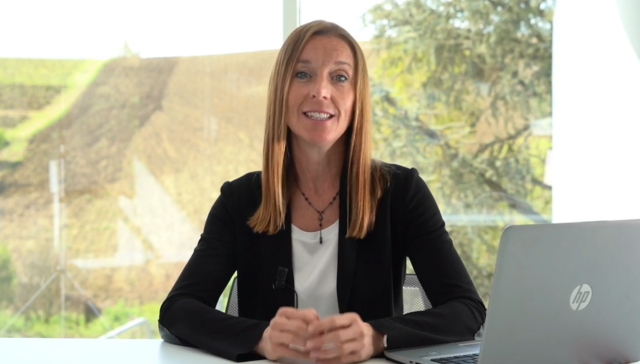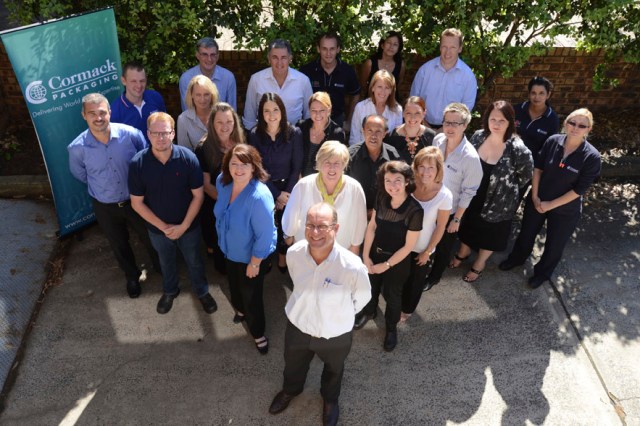
Packaging has been a crucial part of the product experience for centuries. But its purpose has mostly remained the same – to protect and promote its contents.
However, digital innovations are now enabling companies to completely transform what packaging can do. And none are more promising than the concept of smart and connected packaging, according to Accenture digital transformation of smart connected product and smart package strategy and consulting senior manager Anita Etrati.
Etrati, who recently spoke at the AIPIA Smart Packaging Virtual Congress, said smart connected packaging provides digital touchpoints at every stage of the product lifecycle by helping brands deliver exceptional customer experiences that delight and achieve ongoing operational value.
And, she added, that it involves an ecosystem of powerful technologies, which drive new modes of product interactivity.
“We know that smart connected packaging helps within the supply chain, within sustainability and for brands to add value to society. But we find that people are still not jumping on the smart, connected packaging bandwagon,” she said.
“This is possibly because of the misconception around smart, connected packaging where people see it as ‘if I have an RFID tag on it, my data is connected to it’ or that companies don’t see the transparency in the cost of implementing such an initiative within their industries and organisation.
“So, when companies think about digital transformation, they really think more on the front end or on the supply chain point, but not about how the package can help them to be part of the digital initiative.
“Smart, connected packaging is a must and we need to focus more on it now due to the pandemic to extended product experience with end consumers.”
According to Etrati, smart packaging is also a game changer for cross-functional communication within an organisation.
“The package of the past had a purpose of just labelling things. This transitioned to protecting items, and now, it is becoming more than just communicating with the end consumer,” she said.
“So, what this enables you to do is produce your products and packages in a more purpose-driven way and get an outcome where there is more transparency in your supply chain.”
Etrati also emphasised the importance of including sustainable values within smart, connected packaging.
“Sustainability is an outcome and an add-on to smart, connected packaging. For instance, at Kellogg’s, they have created a special pop box that you can use to get insights about the ingredients by just scanning the code,” she said.
“Another luxury brand has worked on a smart, connected packaging solution which adds on a service. So, for instance, if you intend to purchase a specific jewellery or luxury product, you can use a QR codes to meet with the concierge to get the product to you; you don’t need to queue up at the front of the store.
“So, with smart packaging, you can have upstream and downstream data, meaning you get more than just supply chain information. This data can then be reused for research and development, or marketing, which eventually results in you having more accurate data to service the end customers.”


